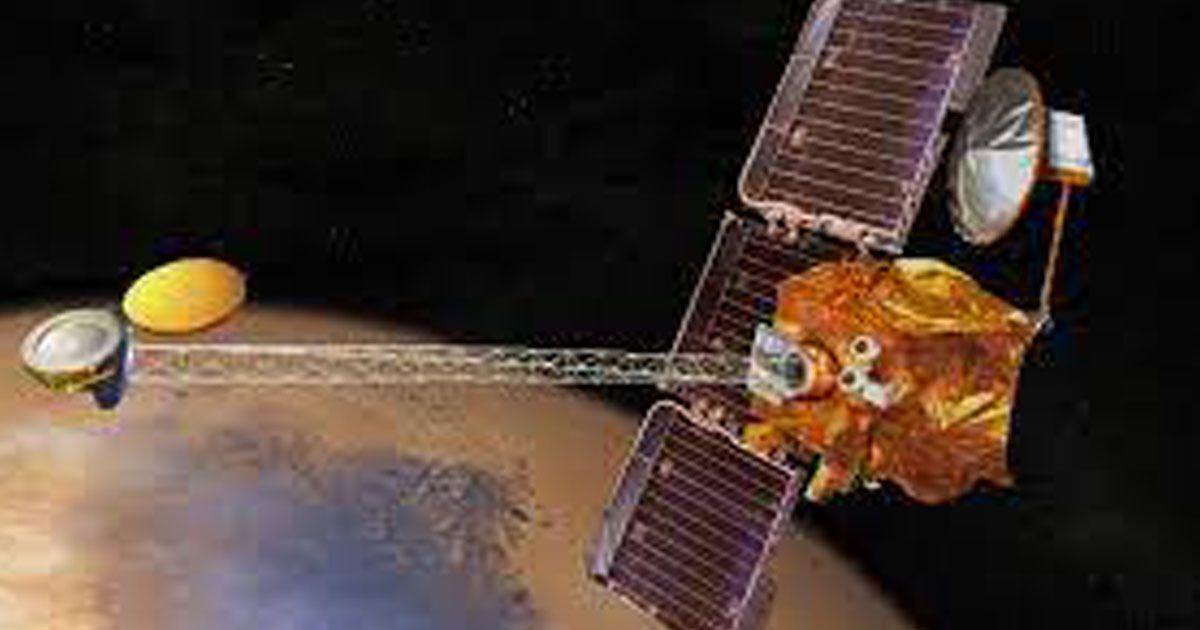
NASA’s Odyssey spacecraft marks 20 years of studying Martian surface
Do you know that a NASA spacecraft launched 20 years ago is still working at the Red Planet?
For two decades, the longest-lived spacecraft at the Red Planet, 2001 Mars Odyssey, has helped locate water ice, assess landing sites, and study the planet’s mysterious moons, NASA said.
Launched 20 years ago on April 7, the orbiter, which takes its name from Arthur C Clarke’s classic sci-fi novel 2001: A Space Odyssey, was sent to map the composition of the Martian surface, providing a window to the past so that scientists could piece together how the planet evolved.
But it has done far more than that, uncovering troves of water ice, serving as a crucial communication link for other spacecraft and paving the way for safer landings.
Odyssey’s two decades of data have been a boon for researchers working to determine where water ice is locked up on the planet.
“Before Odyssey, we didn’t know where this water was stored on the planet,” Project Scientist Jeffrey Plaut of NASA’s Jet Propulsion Laboratory (JPL) in Southern California, which leads the Odyssey mission, said in a statement.
For many years, the most complete global maps of Mars were made using Odyssey’s infrared camera, called the Thermal Emission Imaging System, or THEMIS.
The camera measures the surface temperature day and night, allowing scientists to determine what physical materials, such as rock, sand, or dust, exist.
Its data reveal the presence of these materials based on how they heat up or cool down over the course of a Martian day.
What is the net effect of two decades’ worth of all that mapping?
Scientists have not just used the data to map valley networks and craters, they have also been able to spot sandstone, iron-rich rocks, salts, and more findings that help lend a deeper insight into Mars’ story.
“It’s hard to overstate how the THEMIS global map has filled gaps in our knowledge,” said Laura Kerber of JPL, Odyssey’s deputy project scientist.
THEMIS has sent back more than 1 million images since it began circling Mars.
This aids the Mars science community and NASA in deciding where to send landers and rovers – including the Perseverance rover, which touched down on February 18, NASA said.
Future missions, like the Japanese Space Agency’s Martian Moons eXploration (MMX) spacecraft, will seek to land on the planet’s moons.
In the distant future, missions might even create bases on them for astronauts, NASA said.
And if they do, they will rely on data from an orbiter that began its odyssey at the start of the millennium.
(Source: IANS)

